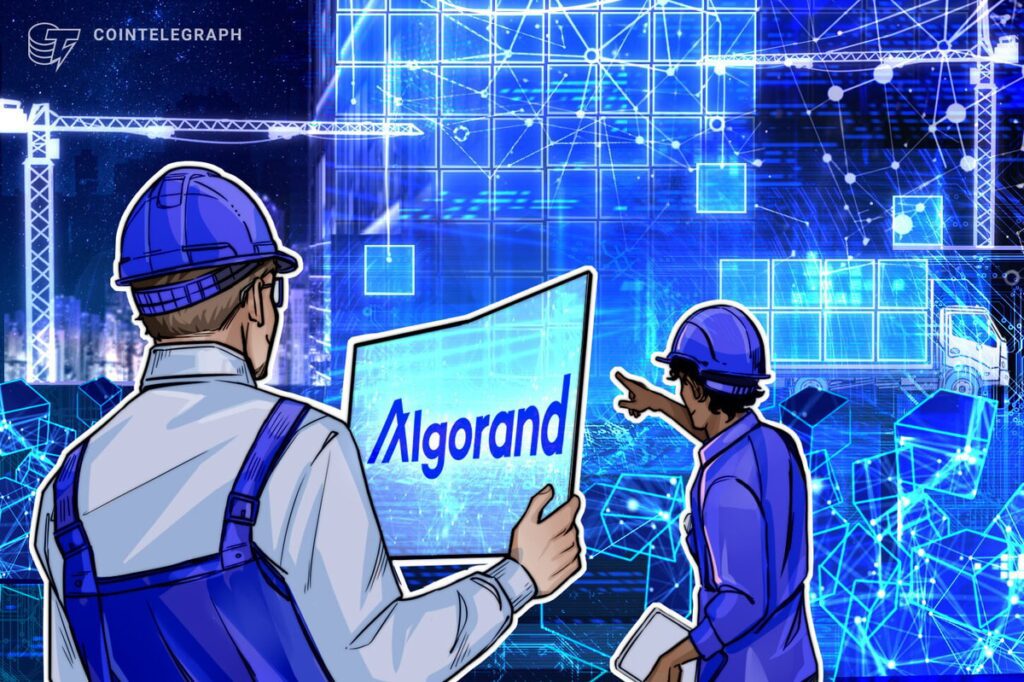Algorand’s latest research reveals that TVL is not a reliable indicator of the future tokens.
Total locked value (TVL) has been the essential statistics in decentralized finance (DEFI) for years. Protocols promote it, dashboards are classified by computer science and investors often count as a shorte -way for success. Seeing billions locked in a project is generally received as a signal that something is good.
But what happens if it is not the case? And if this widely used metric reveals less than what is generally perceived on the real value or the future performance of a cryptographic token?
This is the question of the question of the blockchain platform recently explored in a research study by Dr. Matt Brigida, chief economist of the Algorand Foundation. The results question the long -standing hypotheses in DEFI and suggest that it can be time to rethink how the value is measured in space.
Is TVL a reliable metric to measure the value?
The study aimed to test a simple but surprisingly neglected idea: TVL really predicts yields?
To find out, the researcher analyzed more than 300 tokens (leaving aside Bitcoin (BTC) and Stablecoins), creating weekly wallets based on their TVL / CAP ratios. The strategy consisted in buying the highest 25% while interrupting the lowest 25%. The objective was to see if these TVL -based portfolios could generate “Alpha”, a financial term for yields that beat the market trend.
The surprising relevance of the total locked value (TVL) on the yields of the cryptocurrency 📣
We carried out research on the effect of TVL on the performance of the tokens, examining more than 300 cryptocurrencies and observing trends.
Read the full report, directed by @bonanno_simon & @mattbrigida 👇… pic.twitter.com/yhytpxmqpc
– Algorand Foundation (@algofoundation) June 10, 2025
The researcher made an additional effort to keep the data precise and applied the tests both to the raw TVL and to a set of data that excludes double counting – a common problem in DEFI. The tests have also been repeated by accounting changes in TVL over time.
Finally, the researcher connected all this data to conventional funding models, the genre that economists use to analyze traditional markets but adapted to the world of cryptography. He was looking for significant models and yields that really stood out.
However, all these tests came out with the same result, which indicates that the manufacture of TVL -based trades does not give merchants. Once wider market trends have been taken into account, any difference in performance that could have seemed linked to TVL simply evaporated.
This means that even if a protocol could have billions of dollars locked up, this impressive number does not automatically translate into its token outperforming the rest of the market. He does not say if the token is really precious, resilient or an intelligent investment.
Implications for industry
The results have implications for almost all corners of the cryptography ecosystem.
He calls into question the hypothesis that TVL is similar to “assets under management (AUM)” in traditional finance. Unlike AUM, TVL can be inflated by practices such as counting the same funds on several occasions that they move between loan, borrowing and jealous protocols. This creates a misleading image of the real value that is really used.
For analysts and manufacturers, it requires a broader redesuit of what measures really imported. The activity of the cryptographic portfolio, transaction flow, income in terms of protocol and user retention can offer more knowledge of the real dynamics of a decentralized platform.
And for the wider audience, it reminds us: all the titles of the crypto do not tell a complete story. Large numbers can be impressive, but without context, they can be misleading.
The ecosystem goes beyond TVL
The industry is already witnessing a change in progress on the main analysis platforms which comply with the results of the research.
Certain platforms, such as Messari, Terminal token and Artemis, have started to treat TVL as a secondary metric. Meanwhile, Blockworks has introduced a real economic value (Rev) which moves from TVL to the value created by user activity.
The value generated by the user has also taken the front of the scene on stage for the measurement of the value for Nansen and Crypto Flipsid, as well as other measures such as intelligent silver movements and the behavior of the portfolio. The change also sees the integration of community -oriented tools, as in the case of Dune and L2Beat.
Algorand’s research shows that if TVL can still have its place, it should not be confused with the whole table. The real value in DEFI does not concern the quantity of capital parked; This is how this capital is used, which uses it and if it creates a lasting utility. For investors, it means that it is time to look beyond the surface.
Learn more about Algorande
Non-liability clause. Cointtelegraph does not approve of any content or product on this page. Although we aim to provide you with all the important information that we could obtain in this sponsored article, readers should do their own research before taking measures related to the company and to win full responsibility for their decisions, and this article cannot be considered as an investment advice.




